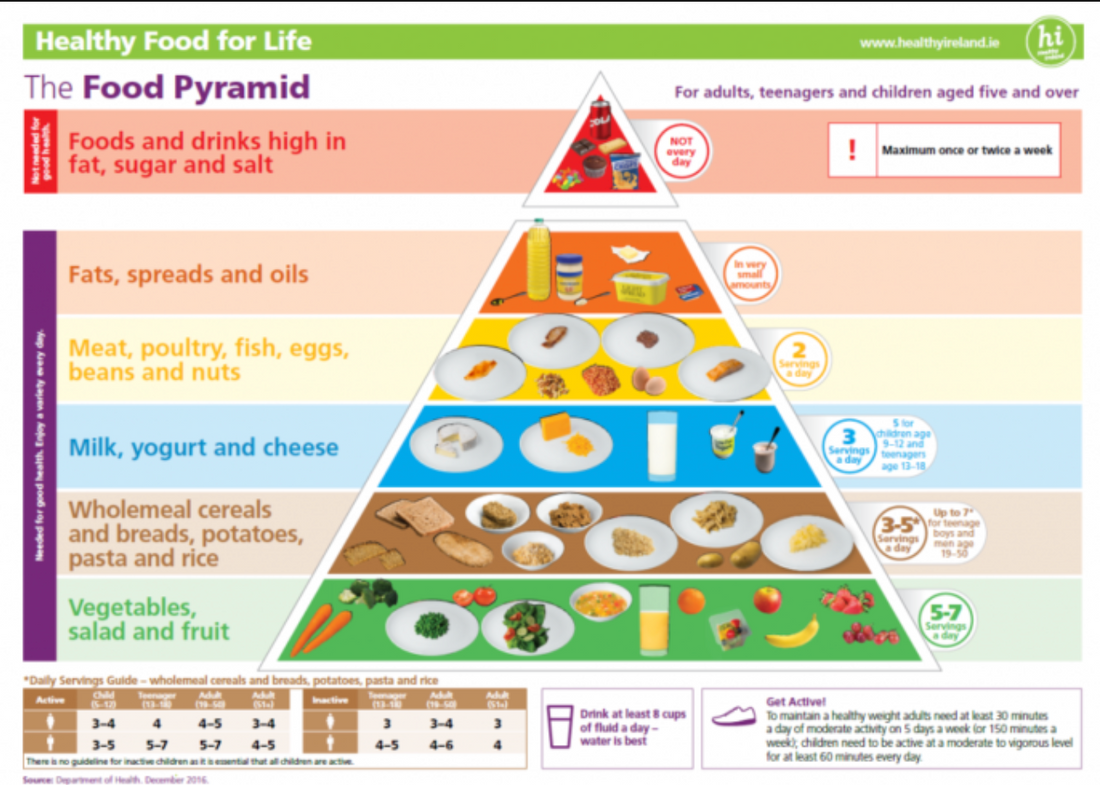The China Study is a book written by T. Colin Campbell, Ph.D., and Thomas M. Campbell II, which explores the relationship between diet and health, particularly in relation to the consumption of animal-based foods.
1. Fruits: The fruit group emphasizes the importance of consuming a variety of fruits, both fresh and frozen, as part of a balanced diet. It is recommended to fill about half of your plate with fruits and vegetables combined.
2. Vegetables: The vegetable group promotes the consumption of a variety of colorful vegetables, including dark green, red, orange, and starchy vegetables. These provide essential vitamins, minerals, and dietary fiber.
3. Grains: The grains group emphasizes the inclusion of whole grains, such as whole wheat, brown rice, quinoa, and oats. It encourages making at least half of your grain choices whole grains.
4. Protein: The protein group includes a variety of protein sources, such as lean meats, poultry, fish, beans, lentils, nuts, and seeds. It highlights the importance of choosing lean protein options and incorporating plant-based protein sources.
5. Dairy: The dairy group promotes the consumption of low-fat or fat-free dairy products, including milk, yogurt, and cheese. It emphasizes the role of dairy in providing essential nutrients like calcium.
In addition to these food groups, MyPlate also emphasizes the importance of consuming foods and beverages in appropriate portion sizes and avoiding oversized servings. It encourages drinking water instead of sugary beverages and being mindful of added sugars, saturated fats, and sodium in the diet.
Does the dairy industry lobby the FDA to be included on the "MyPlate" guide lines?
The specific details of lobbying efforts and their impact on the development of dietary guidelines or visual representations like "MyPlate" can vary. It is not uncommon for various industries, including the dairy industry, to engage in lobbying activities to promote their interests and influence policy-making processes.
The U.S. Food and Drug Administration (FDA) and the U.S. Department of Agriculture (USDA) consider scientific evidence, public health recommendations, and input from various stakeholders when developing dietary guidelines and visual representations. These agencies aim to provide evidence-based and unbiased information to promote public health.
While stakeholders, including industry representatives, can provide input during the development of guidelines and visual representations, it is important for regulatory agencies to maintain transparency, independence, and scientific integrity in their decision-making processes.
It's worth noting that the development of dietary guidelines and visual representations is a complex process involving multiple factors, including scientific research, public health considerations, expert opinions, and public input. The goal is to provide guidance that promotes health and well-being for the general population.
